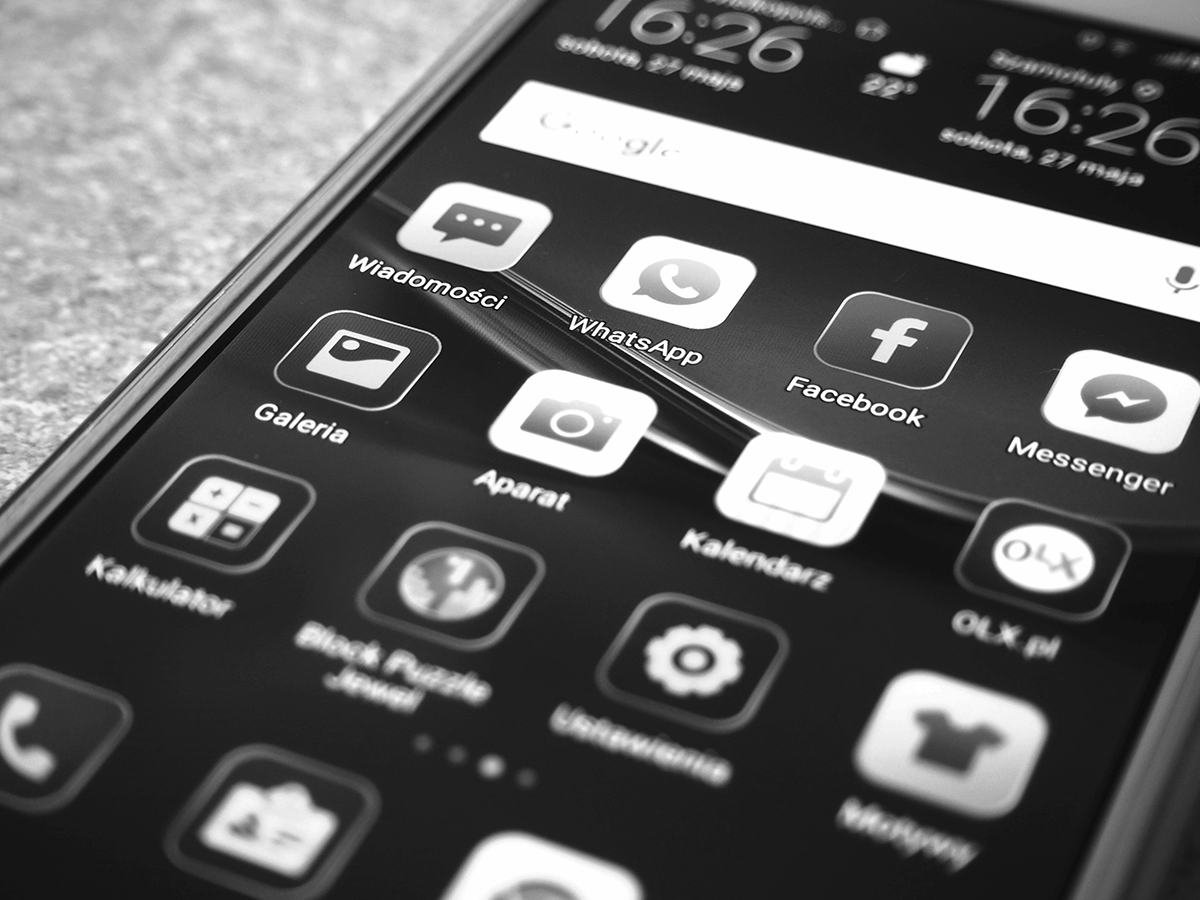Mobile Enterprise Adoption News.
[MEAN] Summary:
- Check out the Citrix enterprise mobility cloud report (post recap here as well)
- Currently enterprise iOS is at 58%, enterprise Android is 35% & 7% for enterprise Windows mobile
- Four industries that android kicks “the fruit’s” butt are: Communication, Healthcare, Transportation and Non-Profit
- What is the main reason? Cost. No surprise there.
A few weeks back Citrix released its enterprise mobility cloud report for the fourth quarter. The report is based on aggregate data from Citrix customers who have deployed its cloud-based enterprise mobility management solution.
The baseline conclusion of the report is that iOS dominates in the enterprise with 58% of device activations (or “enrollments,” as Citrix refers to them) compared to Android’s 35%. Windows mobile devices have 7%.
No surprise there. Even as broad market data points to Android’s supremacy in the consumer market, evidence to date has been conclusive that Apple’s mobile operating system owns the enterprise. Mobile device management vendor Good Technology’s Q4 activation report shows iOS with an even bigger lead over enterprise Android (77% to 23%) than does the Citrix research.
How One CIO Saved $1 Million Per Year By Getting Smart About Mobile
CITE Goes Live! Register for the CITE Conference & Expo, June 2-4, in San Francisco.
But Citrix’s report breaks down mobile “device adoption” by OS across 20 verticals, and here’s where it gets interesting: Android is absolutely kicking butt in four specific sectors.
The four industries are communications services, healthcare, transportation, and non-profits. Citrix doesn’t break out numbers in text in its report, but I’m estimating the following activation share for Android (among Citrix enterprise mobility cloud customers, remember) in each of those verticals:
Communication services — 88% (to 12% for iOS)
Healthcare — 83% (to 17%)
Transportation — 78% (to 21%)
Non-profit — 67% (to 33%)
Android also is doing well in the utilities sector (50% to 37%, with Windows mobile at 13%) and high tech (48% to 52%). You can see the full bar graph at the end of this article.
Why is it that Android is so popular in some industries, while an afterthought or virtual non-entity in others (insurance, legal services, leisure, energy, entertainment, real estate, manufacturing)?
Citrix offers some insights in its report:
“iOS was the preferred platform for vertical industries in which mobile users engage customers one-on-one, such as in retail or restaurants. Android was the preferred platform for those with mobile field service organizations, such as in transportation and utilities.”
That makes sense as far as it goes, but think about the greatest impediment to Android’s penetration of the enterprise — security fears. Google’s open-source mobile platform is a prime target for malware.
The latest data from mobile security vendor NQ Mobile bears this out. The company’s 2012 report says “the Android OS continues to be the number one target for mobile malware.” NQ estimates that 95% of mobile malware in 2012 targeted Android devices and that 32.8 million Android devices were infected last year, compared to 10.8 million in 2011.
So if Android is a mobile malware magnet, why would it dominate a sector such as healthcare, where one might imagine that the introduction of malicious code could have serious or even life-threatening implications?
Citrix offers some hints in its report:
“Where anecdotally we see high iOS adoption in traditional hospital settings, cloud deployments of enterprise mobility management in healthcare tend to be mobile healthcare organizations such as home healthcare groups, and for them, Android has been the platform of choice since we’ve been measuring industry adoption.”
Cost is probably a big reason for that, as shown in our recent story about Bayada buying more than 4,000 7-inch Galaxy tabs for its home healthcare workers and administrative staff.
Jamie Barnett, senior director of product marketing for Citrix, confirms to CITEworld that cost definitely is a factor for its home healthcare mobile cloud customers.
“They have a workforce that’s highly distributed, they probably need more device ubiquity, their margins probably are thinner so they have less to spend on mobile devices,” Barnett says. “For those reasons, Android probably makes a lot of sense.”
The point is that a monolithic view of the mobile OS market doesn’t provide a detailed picture. And the details from Citrix’s report shows Android has real strongholds in some sectors.
One more interesting sidenote: Among Citrix customers at least, the oil and gas industry is still dominated by Windows Mobile.
If any readers are involved in those particular sectors (communications services, healthcare, transportation and non-profits) and can shed some light on why Android dominates in each, please comment below. It’s an interesting phenomenon.







